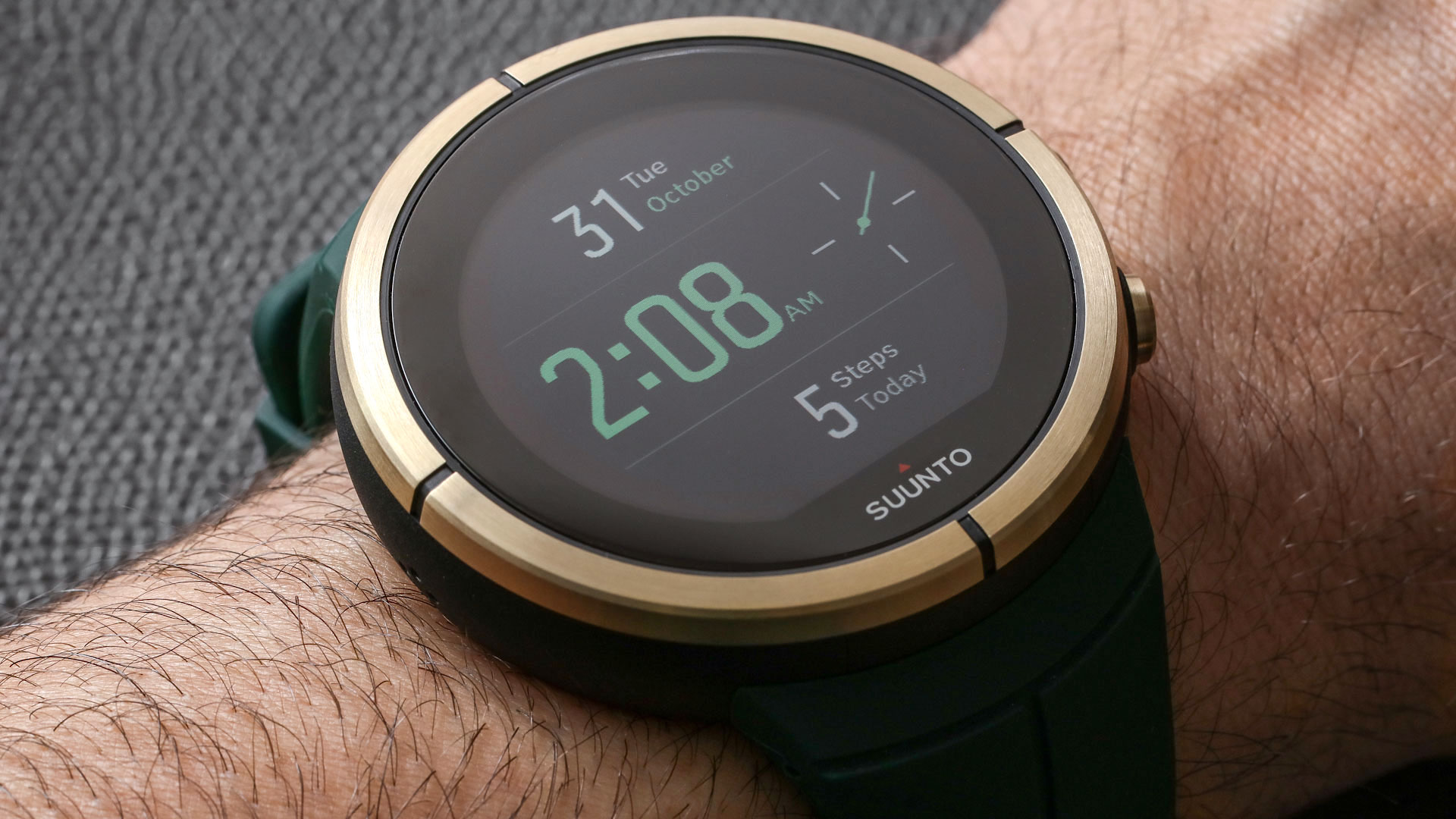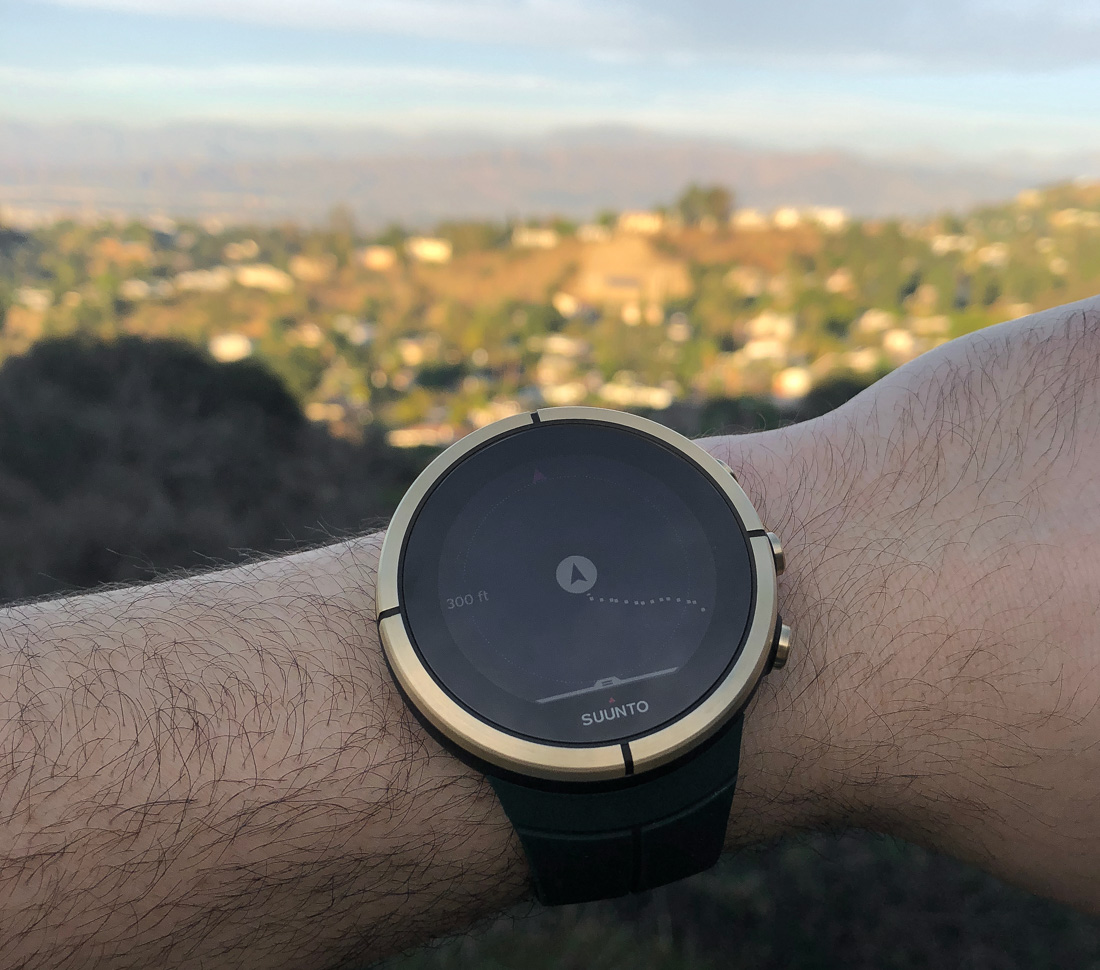
Reviewing smartwatches is something I am starting to get the hang of more after adding it to our regular rotation of reviewing traditional timepieces. In practice, reviewing a smartwatch like this Suunto Spartan Ultra “Gold Special Edition (HR)” watch is an entirely different process than reviewing a luxury timepiece – which is essentially wearable art. In this watch review I am going to take a new perspective by focusing the review on performing a specific intended action with a smartwatch product, which in this case is designed to be a sophisticated (both in style and functionality) GPS-based smartwatch from a known brand in fitness and adventure tools. That brand being Finnish Suunto.
To review the Suunto Spartan Ultra smartwatch for this article, I decided to take it on an approximately two hour late afternoon hike here in Los Angeles. I should note that I’d had the watch in my possession for a while, but had yet to really explore its primary value; which is to be a fitness tracking and location device. What I’ve begun to appreciate in my time reviewing smartwatches is that not all companies making them are trying offer “do it all devices” like the Apple Watch arguably is trying to. The Apple Watch along with Google Android Wear devices and Samsung Tizen are the only mainstream products these days that I know of which even come close to successfully being “all purpose” smartwatch devices. With smartwatches today, if you try to do it all, then you ultimately cant do everything perfectly. At least not yet. Suunto and its colleague “traditional” watchmakers are taking a totally different approach by producing smartwatches that aim to satisfy particular niche customer groups. This approach (in theory) allows products to meet particular use-case scenario needs rather well, and in the fitness world we are arguably seeing the richest assortment of smartwatch styles, purposes, and types.
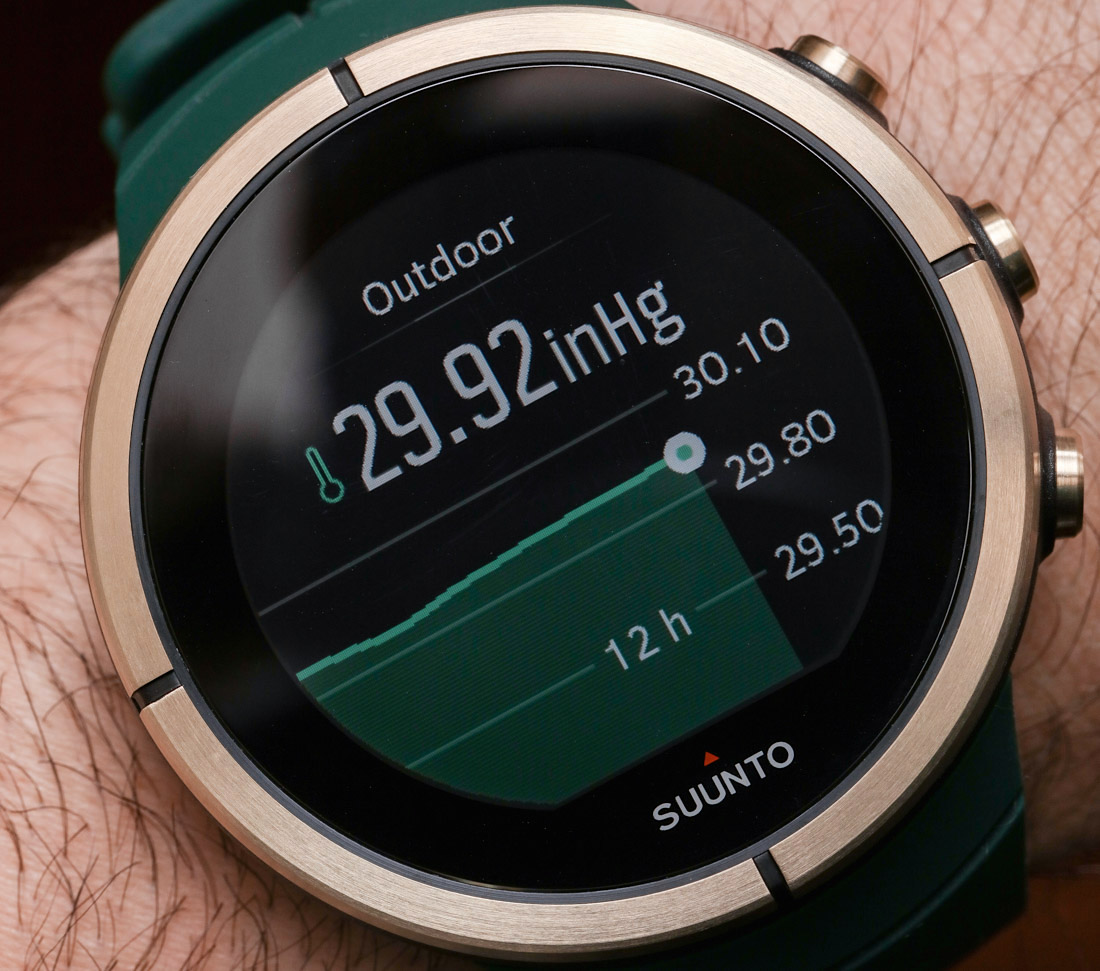
For its part, Suunto has an almost too large variety of fitness watches for all sorts of sport purposes. The brand is known for their diving computers all the way to their running timer watches. And they do a great job in most of these categories. Suunto has tried more than once over the years to create a breakout product that is more mainstream but never really seemed to pull it off. Though, one of my very first Suunto watches back in college was the Suunto Observer. I loved it at the time because it was high-functional like a Casio G-Shock, but with more of a refined European design that lent itself to a world of sex appeal no G-Shock has ever been able to claim. Suunto oddly abandoned that product type path a while ago, but never abandoned their slick and beautiful sense of design.
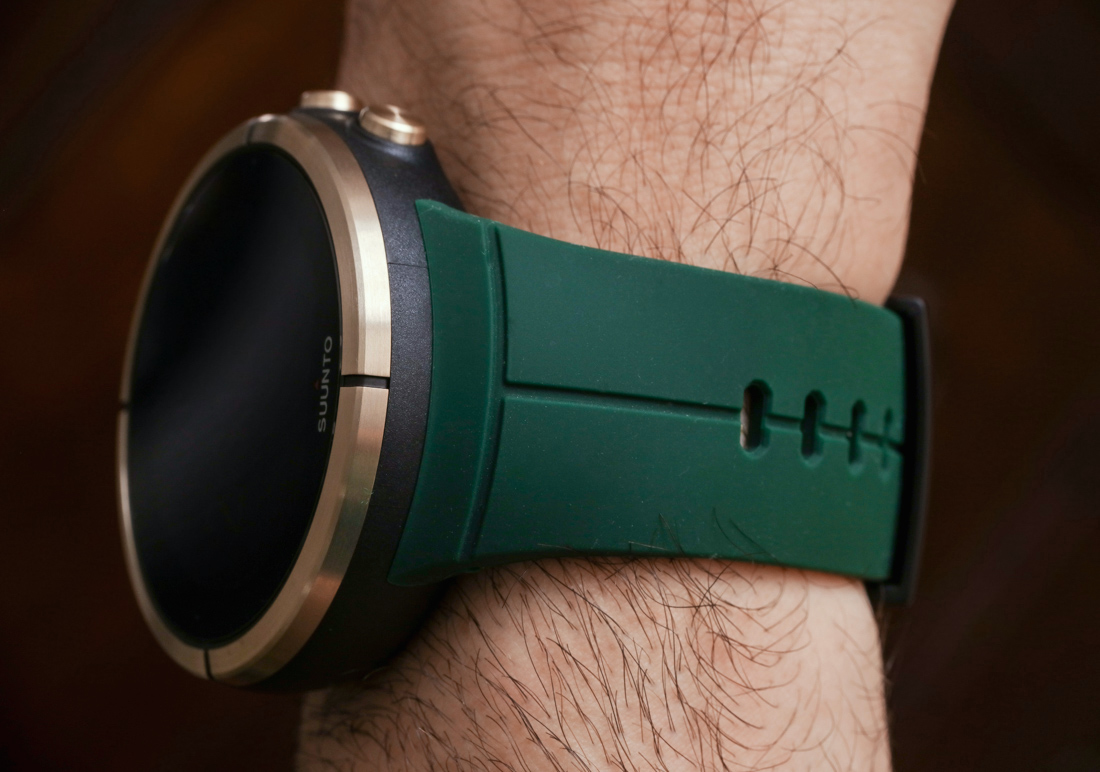
Suunto Spartan Ultra Case Design & Materials
One of the many layers to understanding the Suunto Spartan watch collection is that many of the models are customizable. This uncommon and welcome element of the Suunto Spartan buying process is also a very clever way to get customers to pay full retail. Using the Suunto website the Spartan Ultra watch has a welcome array of design choices ranging from the bezel and pusher colors (each individually choosable) to the case and strap colors. While the customization options are almost entirely cosmetic (the chest-strap heart-rate monitor is an option), the variety of choices is impressive and helps make the experience feel highly personalized. For example, in addition to color options, you can even choose finishing options such as polished or brushed black. The icing on the cake is the ability to have a custom phrase printed on the back, which I dutifully did.
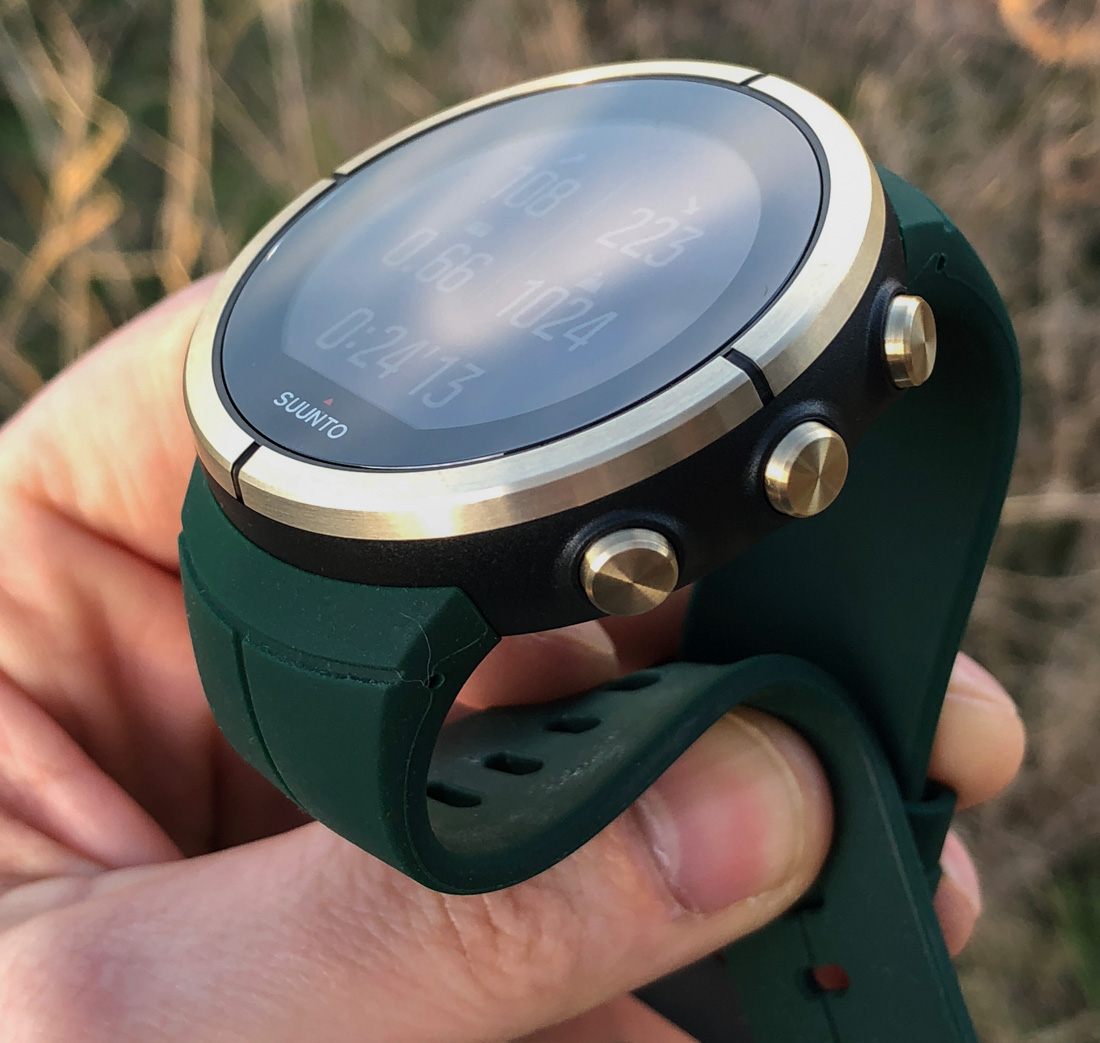
Suunto did a lovely job designing the Spartan case. In addition to being visually attractive, they made it comfortable and lightweight. I would give ergonomics and comfort top marks here. Even though you are stuck with just the one strap choice (no easy way to swap them out). Suunto talks about premium materials (for a smartwatch) such as titanium and the use of a sapphire crystal. The latter component is very useful and should be something all watch owners seek out. Not all Spartan watches are created equally, and the Ultra is the collection’s most high-end model. The Suunto Spartan collection begins with the roughly $279 Spartan Trainer, goes up to the Spartan Sport, and then tops out with the $970 Spartan Ultra HR (“heart-rate,” which comes with the chest belt). In between there are (in my opinion) far too many models to choose from.
On the matter of product selection Suunto has been forthright in agreeing that the company makes the consumer have to choose from far too many products. With the available customizers, product selection becomes downright intimidating for some people who are just looking for a general purpose sports watch and have heard the brand is worth looking into. Suunto is another one of those sports gear makers who are far too deep in the trenches to have recalled what the general consumer shopping experience is like. Just be prepared to spend a lot of time doing research on the Suunto website as it stands. The reward could be a pretty nice fitness or diving watch for your future adventures.
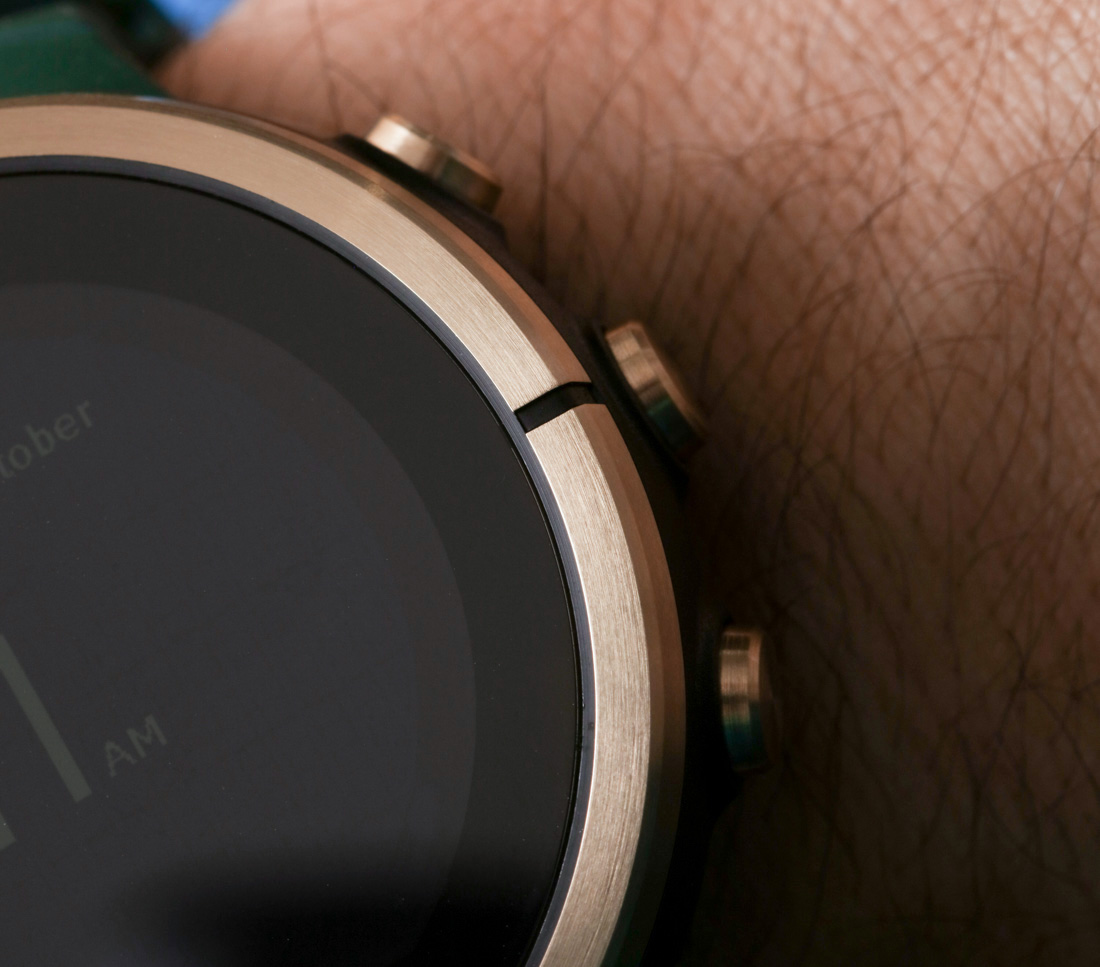
The Spartan Ultra is constructed very well, which is an area Suunto knows something about. For the money I would have liked to see a bit more metal or other wear-resistant materials. The strap is silicone, and can easily tear after prolonged used (though this is a very thick silicone strap). The bezel is a fancy coated-titanium, but that composite isn’t a material known inherently for its scratch resistance. Most of the Spartan Ultra case is polyamide, which seems to be a high-quality plastic. This material isn’t per se luxury, but it is very practical in terms of shock resistance and having lightweight (for the durability) properties. For me I just want to know that my fitness watch is comfortable, and that if one is asked to pay close to $1,000 for it… it should still look brand new after some predicable scratches and scrapes. I’ve not abused my Spartan Ultra, so it looks pretty good. Overall durability is on the better side because even though I feel that the case and strap might wear faster than I’d like, I am confident the crystal won’t scratch and I feel like even after a lot of tumbles and abuse the hardware will still operate optimally.
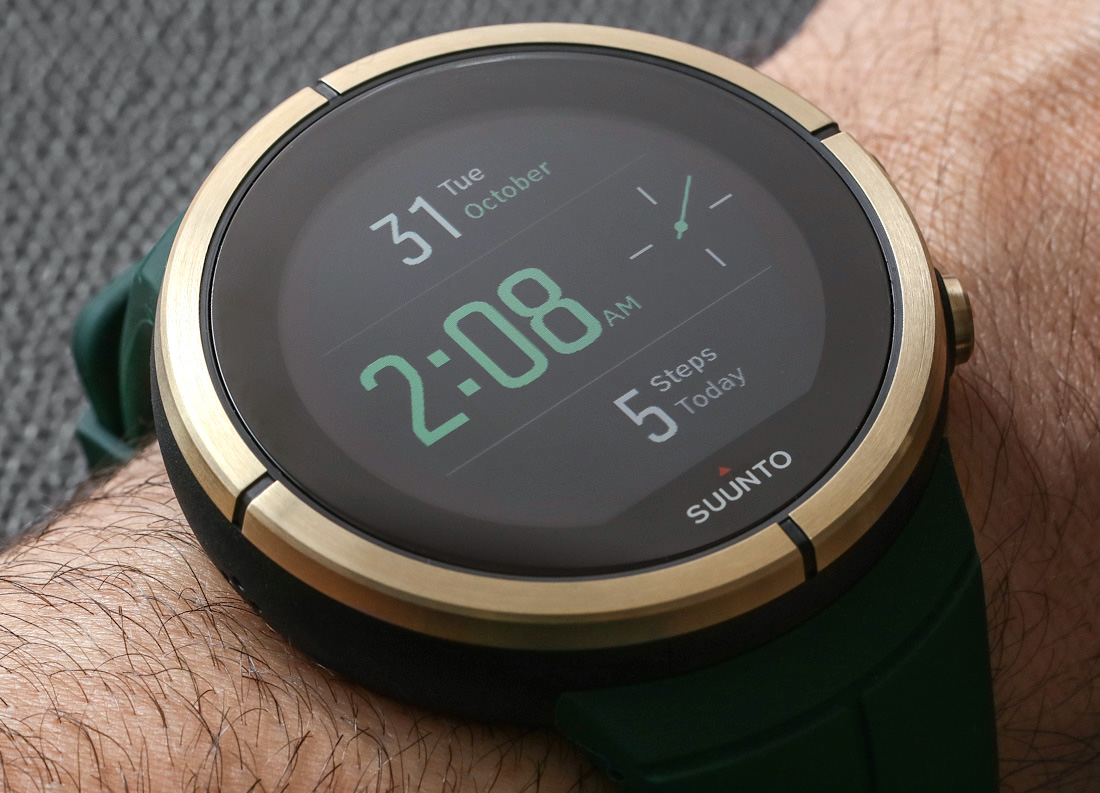
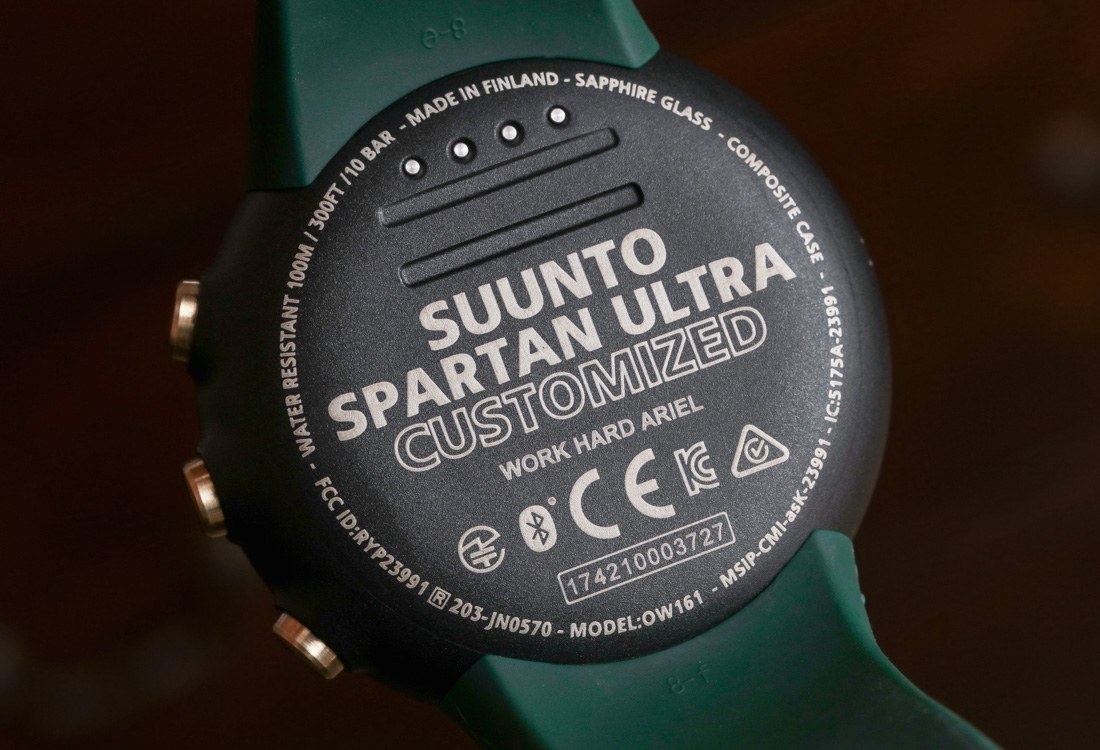
Like most smartwatches the Spartan Ultra is big – though very wearable. Size is 50mm wide and 17mm thick. The lug-to-lug distance is also 50mm. The straps angle down sharply and wear snug on the wrist. This means small to large wrists should be able to wear the Spartan Ultra very comfortably. Weight for the case and strap is a light 73 grams – less than most Casio G-Shocks. Water resistance is 100m, which is totally respectable and means swimming and light diving should be totally OK for the Spartan Ultra. The current Apple Watch by comparison is rated to 50m.
Included Sensors & On-Board Functionality
Battery life for the Suunto Spartan Ultra won’t impress anyone while it is in full training mode with the GPS antenna activated. It regularly tracks your position (with one second updates), which is a big drain on battery life. That means GPS accuracy is super high (many other GPS smartwatches do 5-10 second interval updates), but battery life is rated at just 18 hours when in this mode. Suunto claims a full 140 hours of battery life on the energy savings mode which probably just makes the Suunto Spartan a fancy digital watch (perhaps with step counting turned on). That’s nothing super impressive, but then again this is a device meant to be charged after each workout.
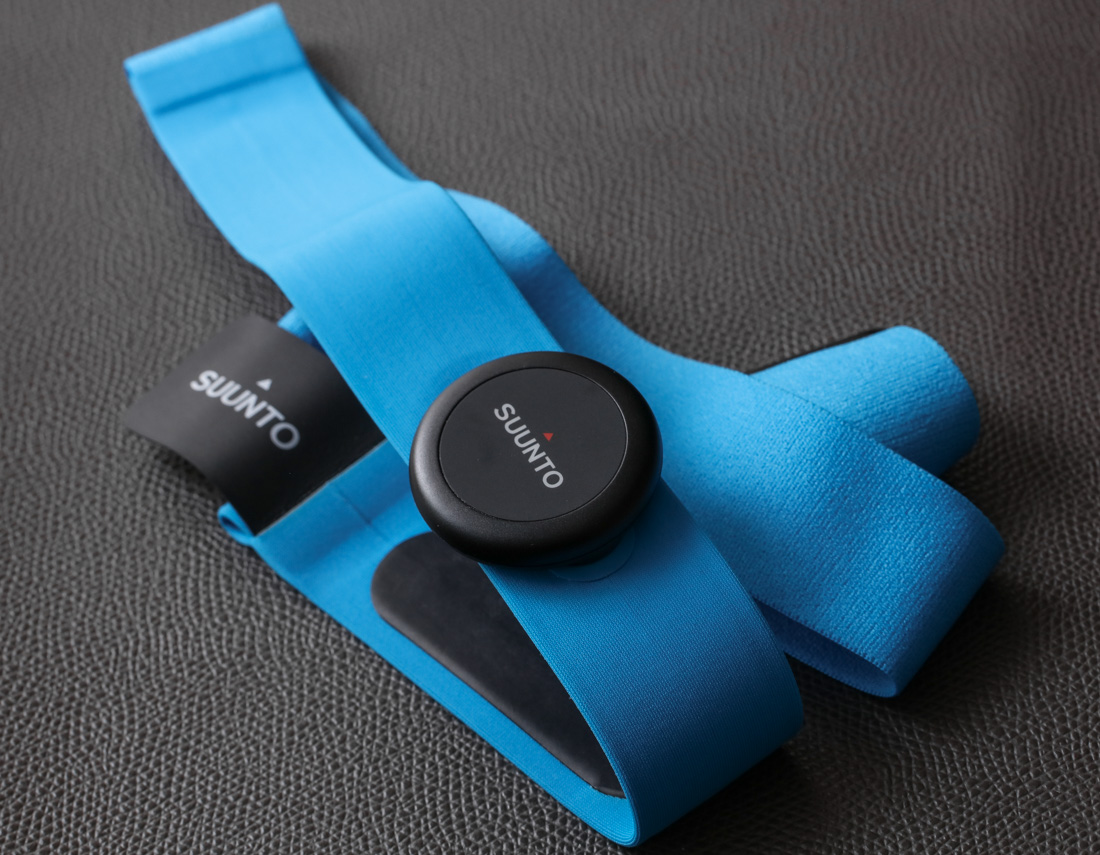
Perhaps the biggest issue I have with the functionality of the Spartan Ultra is the choice to keep the heart rate monitor separate. Unlike many other fitness smartwatches (as well as more affordable versions of the Spartan such as the Spartan Sport and Spartan Trainer), the Spartan Ultra doesn’t have an LED-powered heart rate monitor on the back of the case. Having said that, Suunto makes its chest-strap heart rate monitor an option. Not an expert on heart-rate monitors, my guess is that the chest strap monitors (when correctly used) are more accurate than the LED-based ones, and that is why Suunto prefers it this way. Though I could be wrong. Suunto’s solution if you want to track your heart rate is to take with you a strap – whose monitor needs to be moist – and find a way to easily strap it to your chest before doing all exercise. Of course, you need to keep this device with a charged removable battery, and presumably wash it after each workout. The other guys with the light-powered heart rate monitors don’t ask you to do anything but wear your watch as you normally would. In all, I think that despite the possible fact that chest-mounted heart rate monitors might have performance advantages – asking consumers to wear them is going to be a serious uphill battle. My prediction is that eventually Suunto will begin to offer Spartan Ultra watches with rear case-mounted heart rate monitors.

